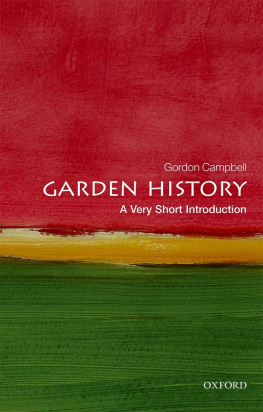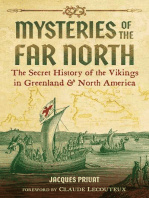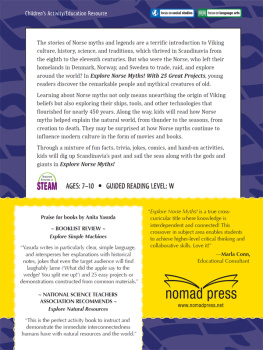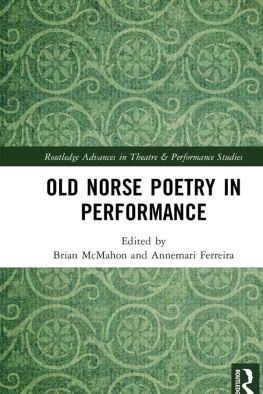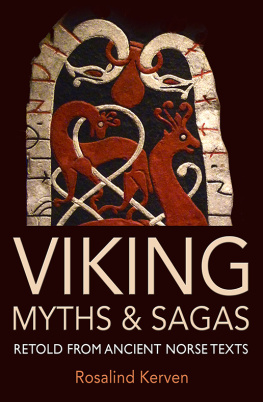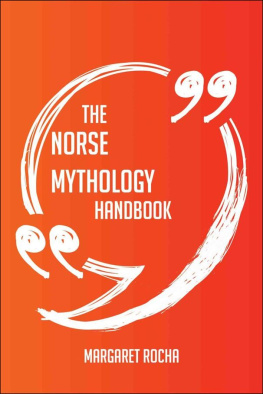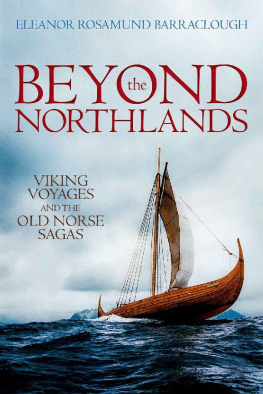Norse America
Oxford University Press Publications by Gordon Campbell
As author
The Oxford Dictionary of the Renaissance
Renaissance Art and Architecture
John Milton: Life, Work and Thought (co-author)
Milton and the Manuscript of De Doctrina Christiana (co-author)
Very Interesting People: John Milton
Bible: The Story of the King James Version
The Hermit in the Garden: From Imperial Rome to Ornamental Gnome
A Short History of Gardens
As editor
The Oxford Illustrated History of the Renaissance
The Holy Bible: Quatercentenary Edition
The Grove Encyclopedia of Decorative Arts (2 vols)
The Grove Encyclopedia of Classical Art and Architecture (2 vols)
The Grove Encyclopedia of Northern Renaissance Art (3 vols)
Renaissance Studies (10 vols)
The Review of English Studies (13 vols)
The Complete Works of John Milton (13 vols, in progress)
W. R. Parker, Milton: a Biography (2 vols)
Ben Jonson, The Alchemist and Other Plays
As contributor
Grove Art Online
The Oxford Chronology of English Literature
The Oxford Companion to English Literature
The Oxford Companion to the Garden
The Oxford Dictionary of National Biography
The Oxford Dictionary of the Christian Church
The Oxford English Dictionary

Great Clarendon Street, Oxford, ox 2 6 dp , United Kingdom
Oxford University Press is a department of the University of Oxford. It furthers the Universitys objective of excellence in research, scholarship, and education by publishing worldwide. Oxford is a registered trade mark of Oxford University Press in the UK and in certain other countries
Gordon Campbell 2021
The moral rights of the author have been asserted
First Edition published in 2021
Impression: 1
All rights reserved. No part of this publication may be reproduced, stored in a retrieval system, or transmitted, in any form or by any means, without the prior permission in writing of Oxford University Press, or as expressly permitted by law, by licence or under terms agreed with the appropriate reprographics rights organization. Enquiries concerning reproduction outside the scope of the above should be sent to the Rights Department, Oxford University Press, at the address above
You must not circulate this work in any other form and you must impose this same condition on any acquirer
Published in the United States of America by Oxford University Press
198 Madison Avenue, New York, NY 10016, United States of America
British Library Cataloguing in Publication Data
Data available
Library of Congress Control Number: 2020950723
ISBN 9780198861553
ebook ISBN 9780192605986
Printed and bound in Great Britain by
Clays Ltd, Elcograf S.p.A.
Links to third party websites are provided by Oxford in good faith and for information only. Oxford disclaims any responsibility for the materials contained in any third party website referenced in this work.
For the Skrlings
Preface and Acknowledgements
My first academic post was at Aarhus University in Denmark, where I studied Danish and began to explore the Nordic world. In the intervening decades I have been able to travel in the Nordic homelands, settlement areas, and trading centres: in the east, Novgorod and Kiev, the Byzantine Empire and the Islamic Caliphate; in the south, the British and Irish settlements, Normandy, and Brittany; in the north, Svalbard (where no indisputable evidence of a Norse presence has been found); and in the west, the Faeroes, Iceland, Greenland, and Canadaand always visiting museums as I travelled. Sometimes evidence of a Norse presence is thin: in St Kilda, for example, Old Norse place names have not so far been supported by archaeology, and in Maine, the historic significance of a solitary Norse coin is debated. The Maine State Museum that holds this coin is also the home of the Spirit Pond Runestones, which have roused strong emotions. In the case of other American runestones, such the Heavener Runestone in Oklahoma and the Kensington Runestone in Minnesota, I have had to be diplomatic in the face of entrenched local beliefs about the circumstances of their composition. The most important remote site supported by solid archaeological evidence is LAnse aux Meadows, on the northern tip of Newfoundland, and the discovery of that site in the 1960s planted the seed that eventually grew into a central narrative of this book. Research continues apace. Sites on Baffin Island and in Labrador are full of promise, but they have not yet been fully investigated. Other sites (Ungava Bay, southwest Newfoundland) hove into view only to be discredited, but fresh discoveries may in due course add new pieces to the jigsaw.
Debate on the subject of the Norse in North America is often fraught, because gaps in the evidence are quickly filled with ingenious narratives, some of which are redolent of the imaginary worlds created by Dan Brown, the Indiana Jones films, and an array of conspiracy theorists. Autodidacts square off against academics, and accusations of insufficient competence and intellectual inflexibility abound. Professionals in the fields of academic enquiry that impinge on the subject rightly grumble about self-appointed experts who have no professional expertise in archaeology, Scandinavian languages and history, manuscripts, cartography, epigraphy, navigation, and science. The public standing of these disciplines, especially those with a scientific dimension, means that amateurs often appropriate the language and deploy the equipment of science without feeling bound by the standards of evidence required by these disciplineshence the 3D imaging of American runestones and the grid markers on archaeological sites being dug by amateurs. The miming of scientific procedure is not designed to facilitate understanding, as is the case with real science, but to confer scientific credibility on a belief, rather like creation science. Such purposeful endeavours also necessitate a determined amnesia with respect to the accumulated knowledge of a discipline.
In this context it is important that researchers in the field be honest about their expertise and limitations, and I should like to be open about mine. I have some knowledge of the ancient and modern Nordic languages, but am wholly innocent of Kalaallisut (West Greenlandic) and other Inuit languages, of Innu-aimun (Montagnais) and other Algonquian languages, and of Cherokee (Tsalagi) and other Iroquoian languages. In this book I have translated Norse, Danish, Latin, and Spanish as need arose, but included the originals to allow readers the pleasure of detecting shortcomings in my translations. I have hands-on experience of the palaeographical and codicological examination of Latin and vernacular manuscripts. My principal employment in the past decade has been in the museum sector, so I have considerable experience of interpreting genuine artefacts and dealing with fake artefacts and forged manuscripts. My work on classical art and architecture means that I have long been a reader of site reports; I have read many such reports on real and imagined Norse sites, but I am not an archaeologist. I have a working knowledge of the Greek, Hebrew, palaeo-Hebrew, and Coptic scripts sometimes said to appear on American inscriptions, but I am not an epigrapher, and so can comment competently but not authoritatively. My limited command of runes is not based on undergraduate lessons, which I have long forgotten, but rather like that of forgers, derives from a book, in my case my former colleague Martin Findells excellent little book entitled


